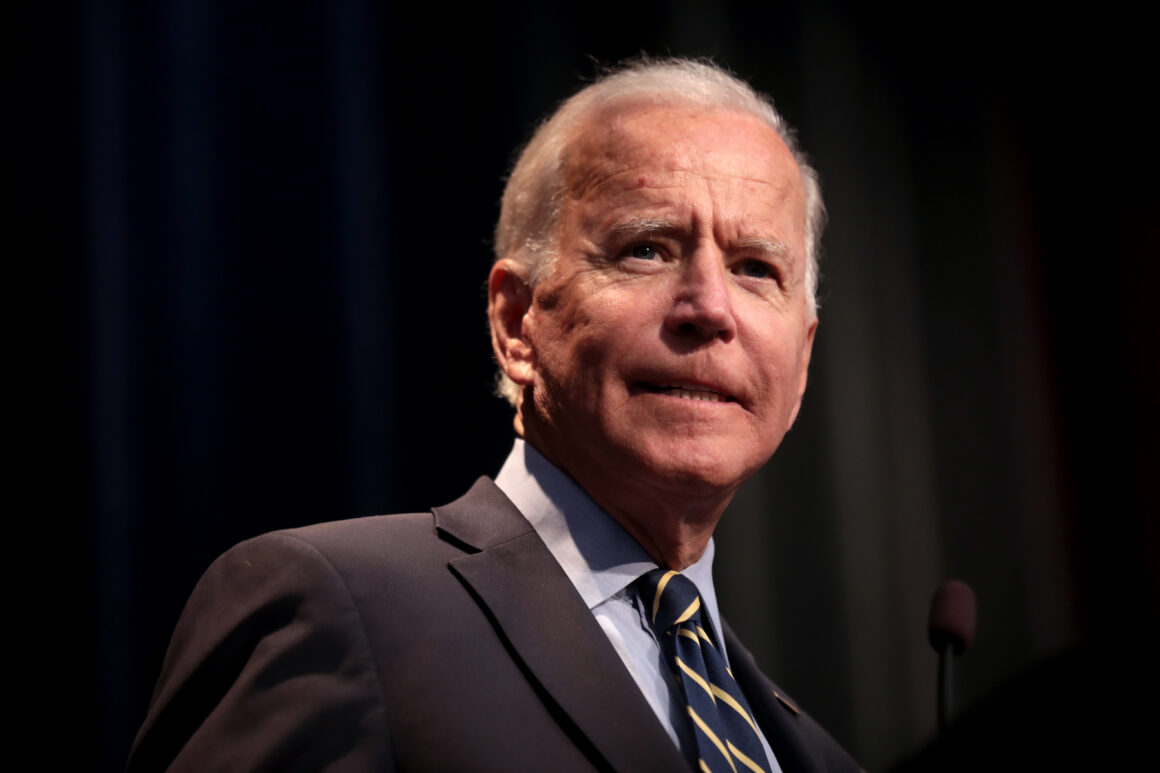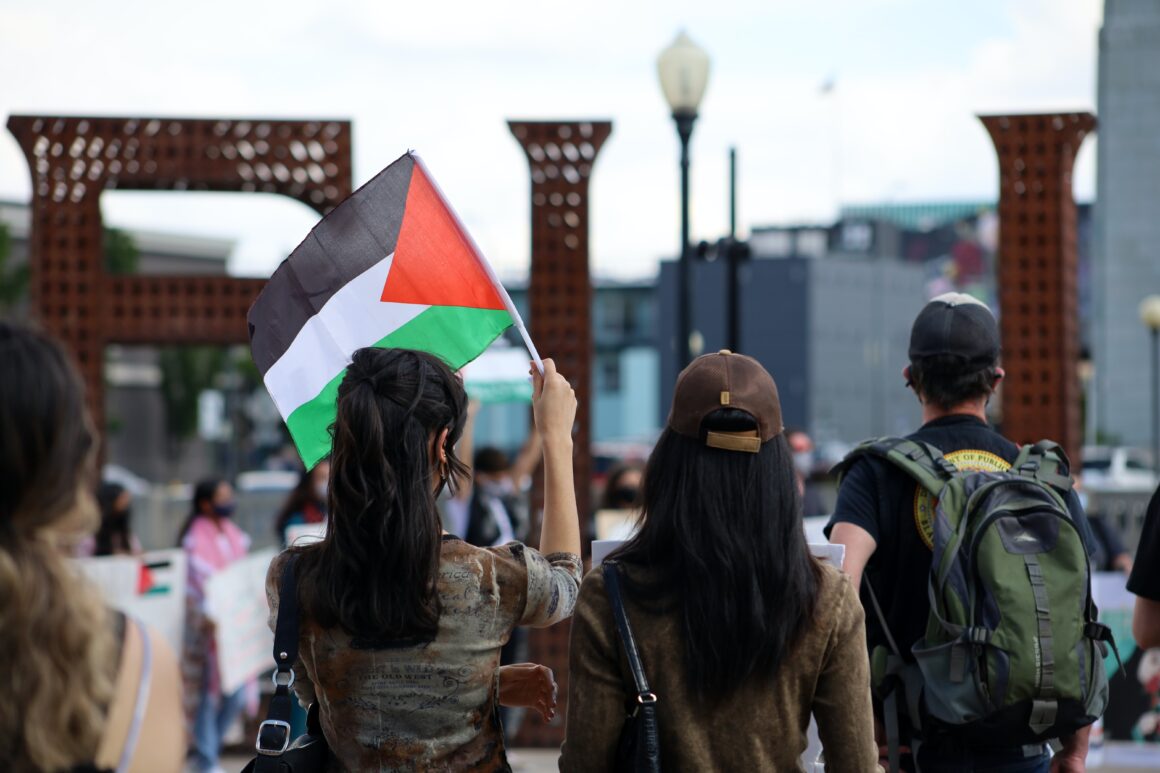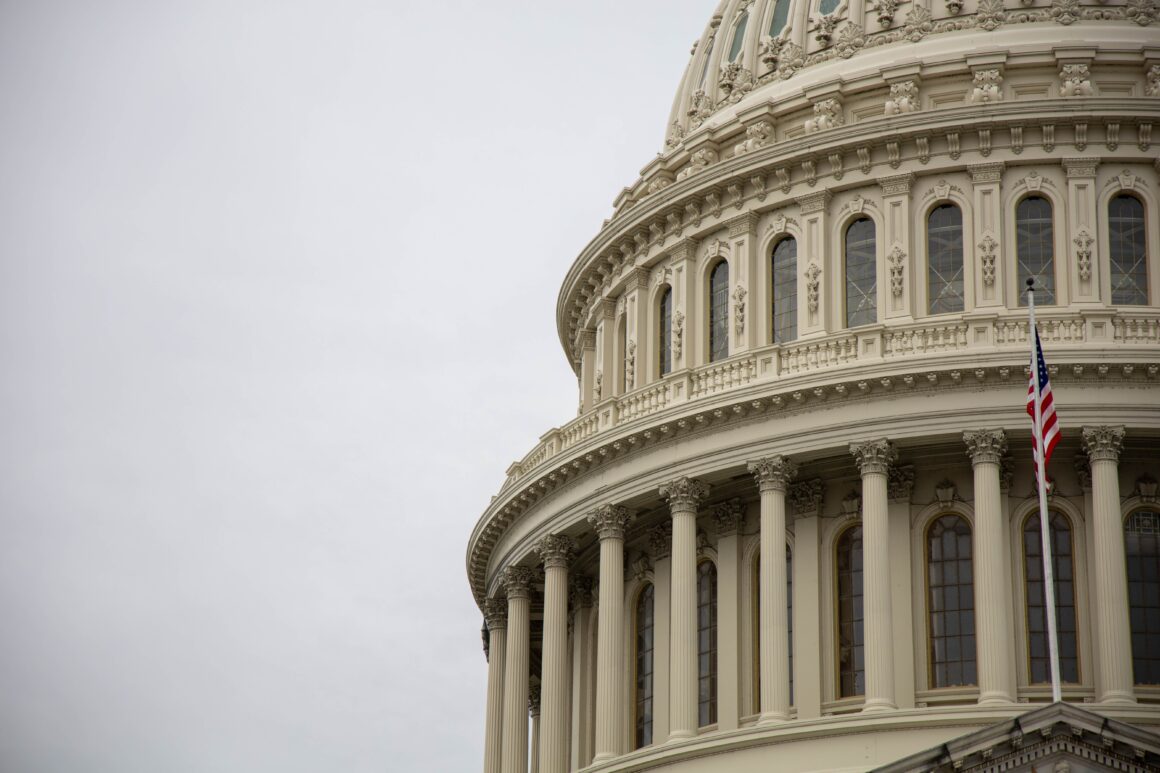
Donald Trump’s rise has ravaged the body of the United States like a fatal disease discovered too late: silent, destructive and wreaking havoc past repair. Last year no one thought that a man so blatantly racist could have a viable chance of being the president of our country. From ranting about Mexican immigrants (“They’re bringing drugs. They’re bringing crime. They’re rapists.”) to suggesting a ban on Muslims from entering the nation, political commentators dismissed Trump as a fanatic. And yet as each day passes he moves closer to the Republican presidential nomination. His progress seems shocking, that is until you realize the bigotry that runs deep into this country’s roots.
Trump’s supporters have been dubbed the “Silent Majority,” a term used by former president and known bigot Richard Nixon. It describes your average (white) American citizen, who tends to harbor some level of racial prejudice, whether consciously or not. Contrary to the narratives told in the media and the popular belief that racism is a thing of the past, discrimination is thriving. The only difference between intolerance today and that of yesteryear is its form, hidden but very much alive.
Racism now usually doesn’t manifest itself in crosses burning on lawns or lynched bodies hanging from trees. It’s much more subtle, made up of jokes, second glances and tightened hands on purses. However, most Americans are conditioned to believe that the only valid form of racial abuse is one that is violent and overt. Anything else is dismissed as hypersensitivity or political correctness running amuck.
While those unaffected by these small pervasive attacks, may not even notice them, they’re a burden for those on the receiving end. These seemingly harmless actions and comments create hostile environments for people of color, a reminder that we’re foreigners in white society.The undercurrent of racial animosity in this country, the same one that allows Trump to make it this far in the presidential race, will always remain until we address these microagressions .
Of course, most people aren’t going to admit that they have a view warped by prejudice, even though anyone (including me) growing up in a culture of white supremacy will undoubtedly have one. As bizarre as it may seem, I’d even propose that a great deal of Trump voters don’t consider themselves racist. After all, when you think of a racist person you probably imagine swastikas and white pointy hats, not your next door neighbors or even your parents. Still, the fact that they aren’t outwardly racist doesn’t mean their hidden bigotry is benign.
Realizing that we all have problematic behavior should be an encouragement to change, not shut down in defense. This is especially important considering the new face of racism, which is often so indirect that many aren’t aware that they’re participants. Instead of belittling and invalidating the concerns that people of color voice about microaggressions, those in the dominant group should listen and examine their own actions. As Donald Trump continues to make change, I ask my fellow Americans not to simply shake their heads and pride themselves on being enlightened. Instead, we should look at ourselves and question why such prejudice still exists and how a man so openly bigoted could be the next president of the United States.





Comments are closed.